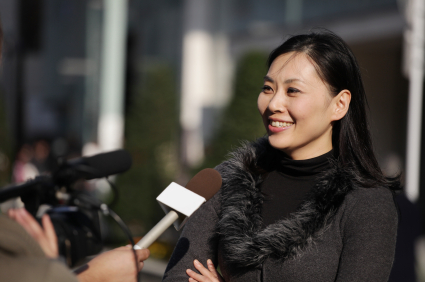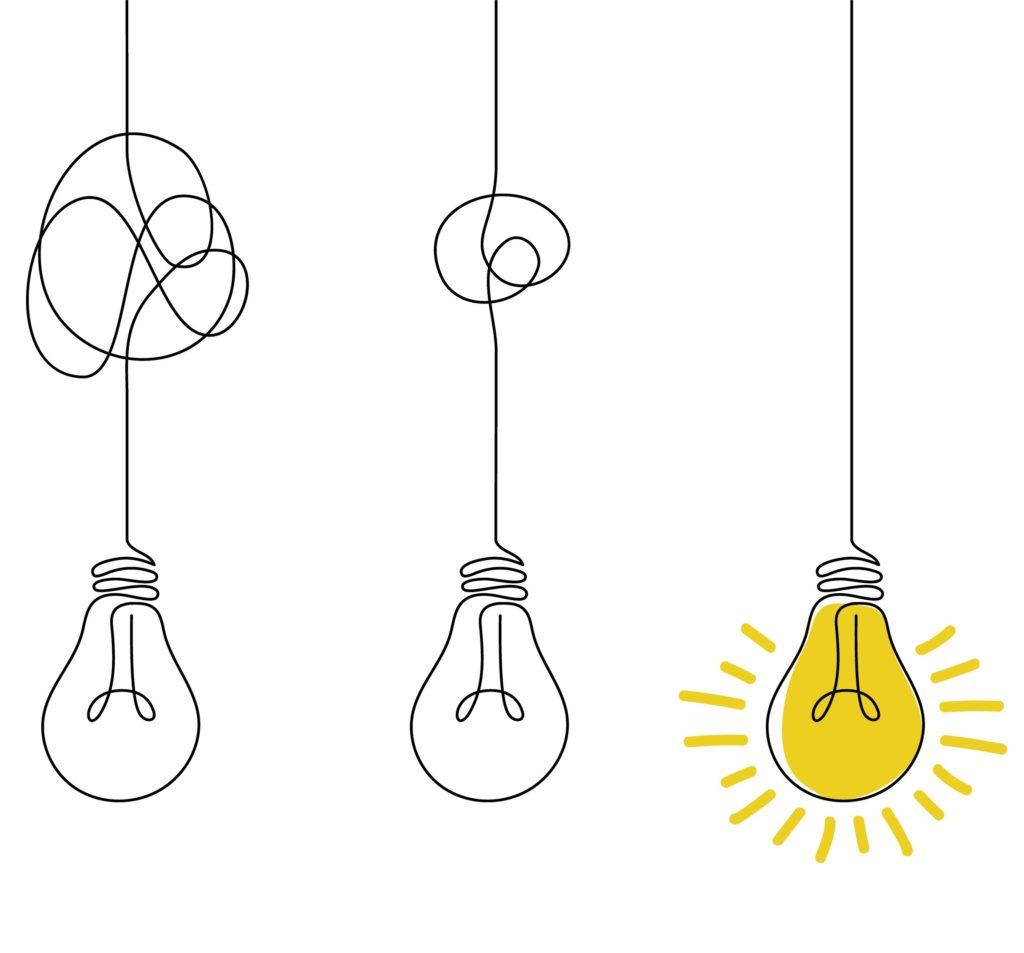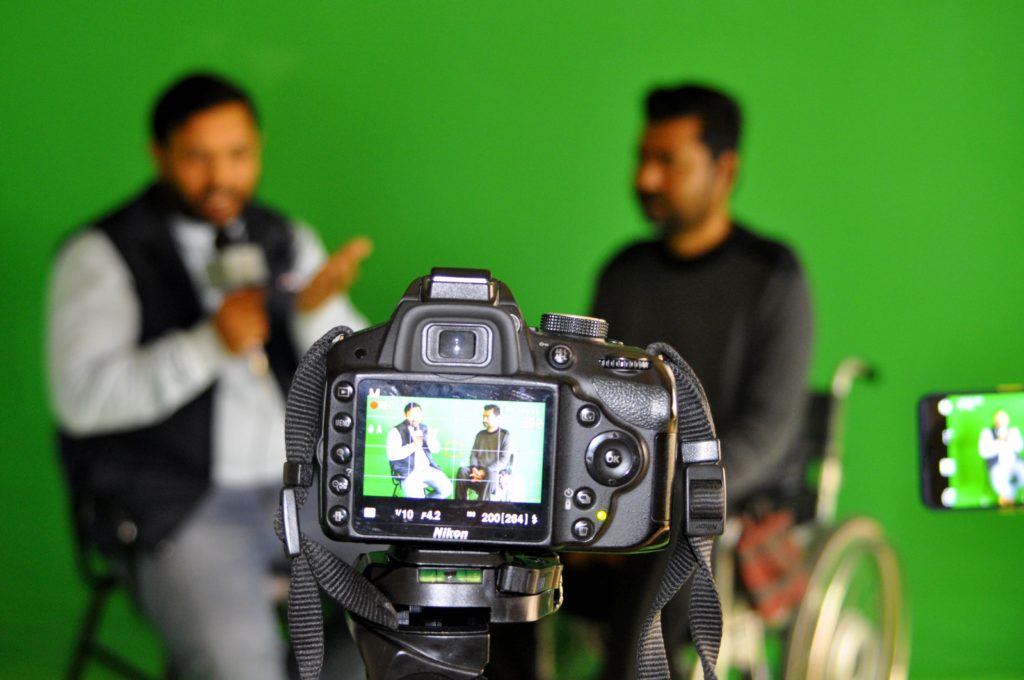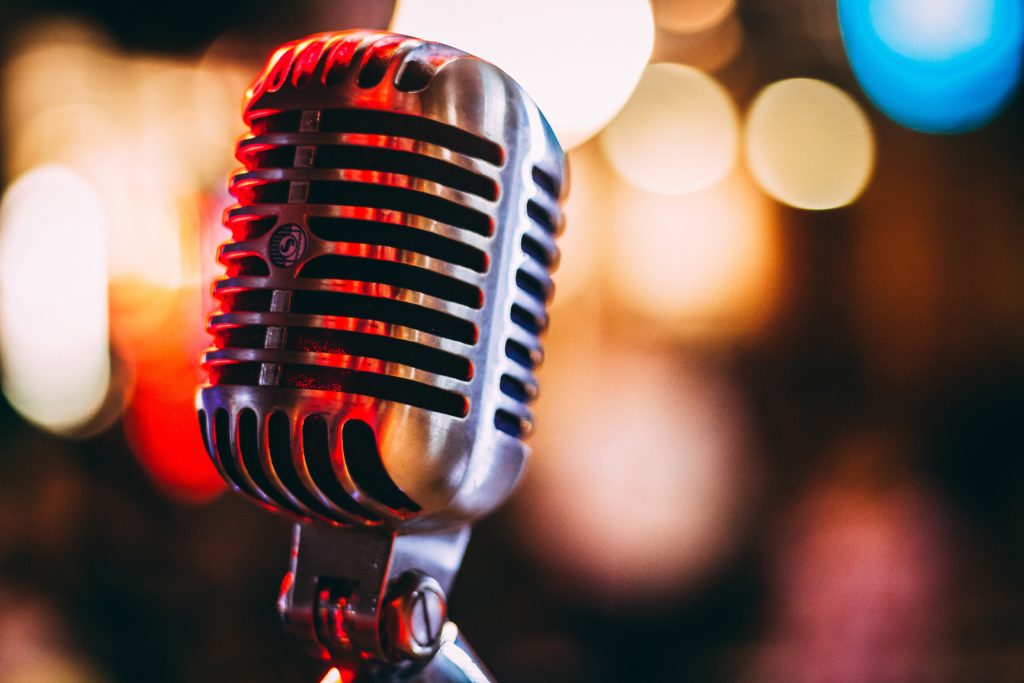Remember: The Reporter Isn't Your Audience!
At the beginning of a media interview, many spokespersons remember to answer questions using their messages and message supports. But as the interview progresses and begins to resemble a normal, everyday conversation, they suddenly forget to include their messages.
That’s dangerous not only for the reasons you’ve already read, but also because it usually means they’re directing their answers to the reporter, not their audience.
A media interview is not a conversation with a reporter. It is a highly focused form of communication aimed squarely at your audience. The reporter is merely the conduit through which you reach it. That doesn’t mean you should ignore reporters, but rather that you should focus your communication on the people you’re trying to reach.
As an example, I occasionally receive a negative comment on our blog from someone who disagrees with something I’ve written. If I’m nasty in my response, the entire audience will hold it against me. If I treat the person with respect (in some cases, more than they deserve), readers are more likely to be impressed with the tone of my reply—even if they, too, disagree.
Therefore, I try to remember that the writer of that letter is not my target audience. Sure, my response is addressed to the commenter, but my communication is really intended for the rest of the blog’s readers. So beware of slipping into a conversation with the reporter. If you do, you’ll be speaking with the commenter rather than to the readers.
Here are three ways to make sure you’re directing your communication to your audience:
1. Visualize a member of your audience.
Most people find the idea of speaking to 100,000 people through a reporter absolutely terrifying. The good news is that you never have to fear a large audience again. Instead, visualize one specific person in your target audience that you need to reach in order to be successful. Be specific. Focus your answers on that one individual. If that person understands what you’re saying, odds are the rest of your audience will too.
For one interview, one of our clients visualized that his “target person” was a retired 78-year-old African American woman living by herself in rural Nevada. He further defined her by saying she retired nine years ago after working as a trauma nurse for 40 years. By being that specific, he was able to visualize that woman during his entire interview, helping him reach the entire audience more effectively.
Before reading further, take a moment to identify and visualize your target person.
2. Base your interview on the audience’s level of knowledge.
If you’re speaking about climate change with a reporter who has covered that issue for a decade, you might be tempted to speak at a higher level by using acronyms or technical jargon. Don’t. The reporter isn’t your audience; the person you visualized is. Speak to the reporter as you would to your target person.
3. Don’t call reporters by name.
Many media trainers teach their trainees to call reporters by their names, arguing that doing so helps forge a warm connection with the interviewer. Perhaps that’s true. But it comes at too high of a price. When you call reporters by name, it makes it clear to the audience that you’re speaking to the reporter, not with them.
This article is an excerpt from The Media Training Bible: 101 Things You Absolutely, Positively Need to Know Before Your Next Interview, available from Amazon here and for the Kindle here.




Great observation and counsel. Thanks!